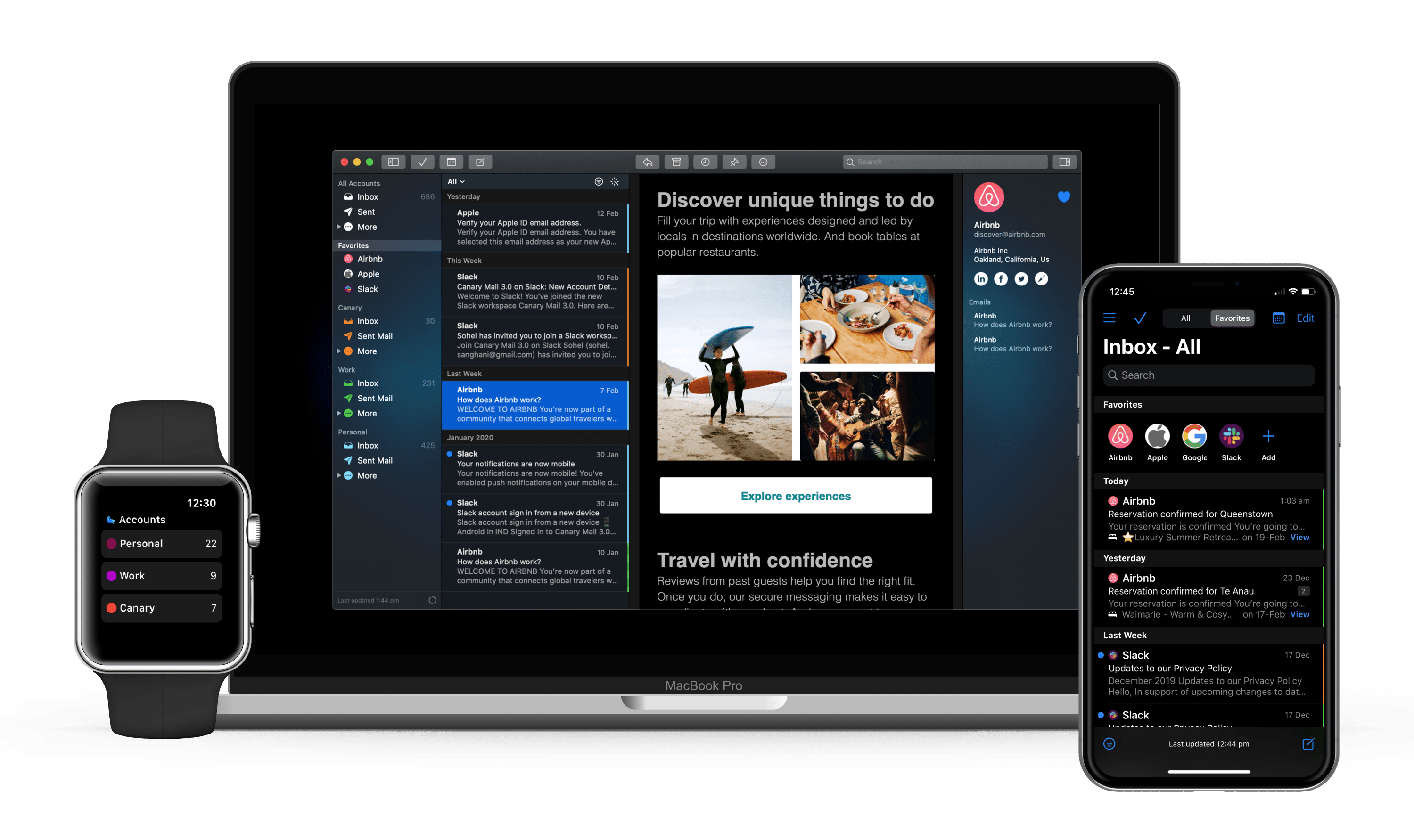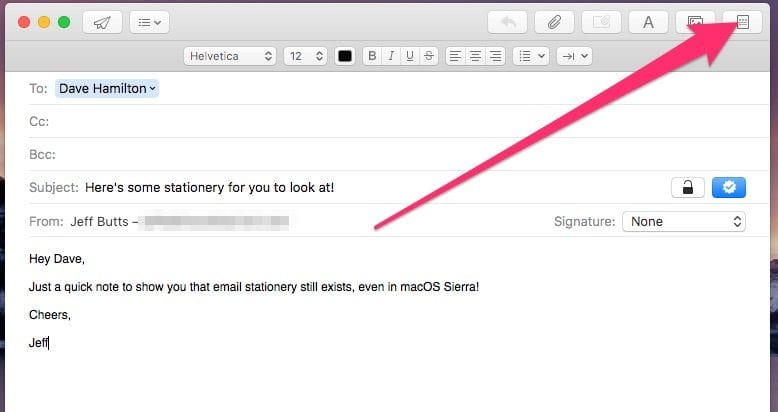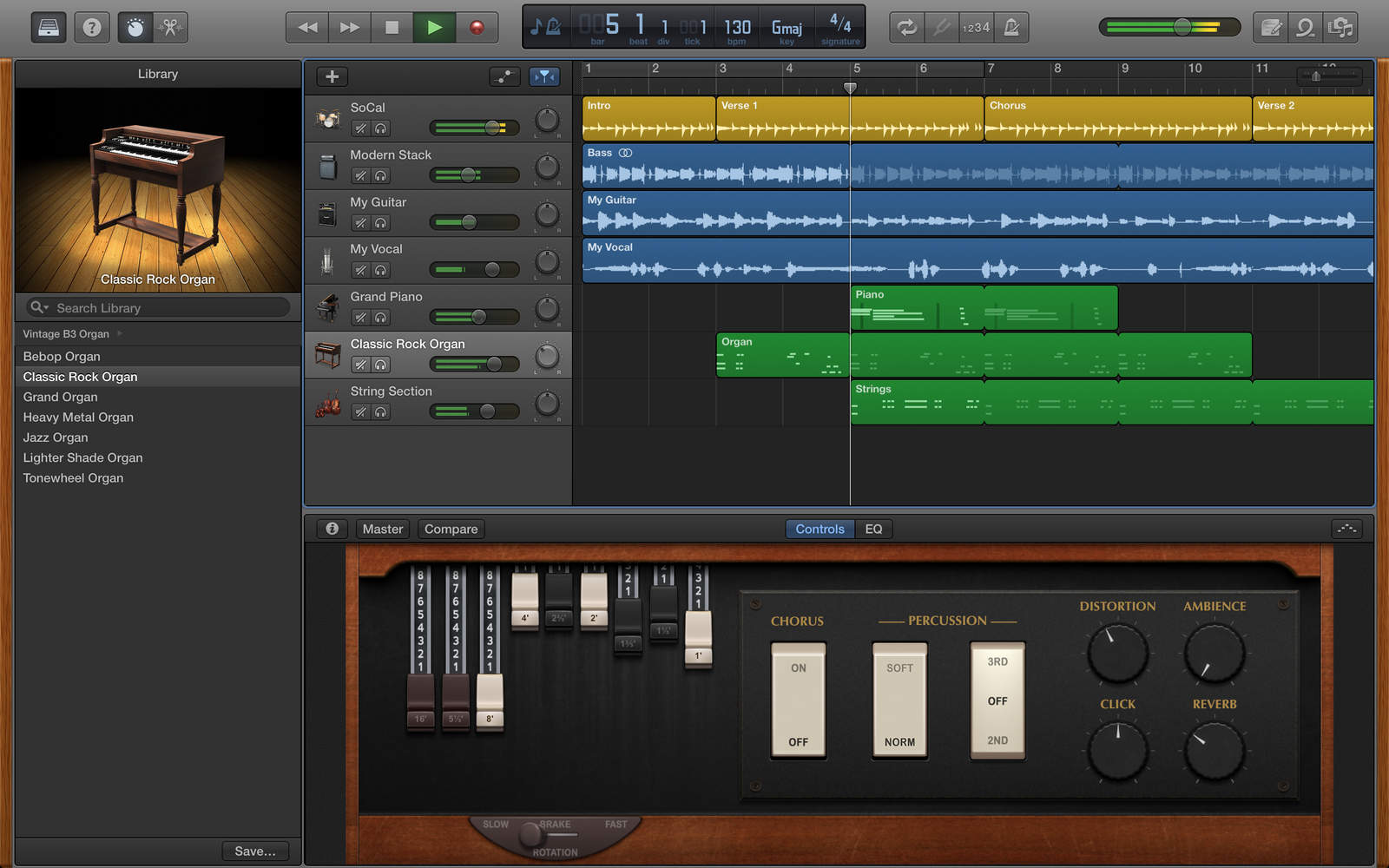


#OS X MAIL TEMPLATE MAC#
#OS X MAIL TEMPLATE HOW TO#
In an earlier tutorial ( MacOS startup jobs with crontab, launchctl, and launchd) I demonstrated how to use the MacOS launchd facility instead of cron to run what would normally be a cron (crontab) job. Your Apple Mail application is now configured.Help keep this website running at !Īpple/Mac launchd FAQ: Can you share some MacOS launchd examples (also written as launchd plist examples, or launchctl examples)?
#OS X MAIL TEMPLATE PASSWORD#
Make sure your username (full email address) and password are entered.Ĭlick the Advanced IMAP Settings button and make sure the IMAP Path Prefix option is set to INBOX (all caps).ĩ. Make sure the Use TLS/SSL checkboxes are checked for both incoming and outgoing email.Ĭhoose Password from the Authentication drop-down menus for both incoming and outgoing email. Uncheck the Automatically manage connection settings option for both Incoming Mail Server (IMAP) and Outgoing Mail Server (SMTP).Įnter 993 in the Port field for Incoming Mail Server (IMAP).Įnter 587 in the Port field for Outgoing Mail Server (SMTP). You should see the new mail account listed in the Accounts section. To proceed with the configuration, go to Mail -> Preferences. from the menu.Ĩ. The account will be created, and to see any messages residing in your Inbox, click the Get new messages button.ħ. Deselect Notes in case you do not wish to store your notes on this account. Apple Mail will ask you to select the apps you want to use with the account. In the User Name field enter (replace with your actual address).įor Incoming Mail Server use mail.your_ (replace your_ with the server name).įor Outgoing Mail Server use mail.your_ (replace your_ with the server name).ĥ. The Email Address and Password fields should already be populated with what you entered on the previous screen. Fill out the form to configure the account manually.

After a short settings discovery procedure, Apple Mail will inform you that it's unable to verify account name or password. In the Password field enter the current password for this particular address.Ĥ. In the Email Address field enter the email address you are configuring. In the Name field enter the name you would like to appear on the messages you send. The Add a Mail Account screen will appear. Select the Other Mail Account option and click Continue.ģ. Select Mail -> Add Account. from the menu bar.Ģ. Your_ with your server's host name (you can find your server's host name listed in the upper left corner of your Control Panel)ġ. Please your email addressĭ with your domain name To configure your Apple Mail application for OS X 10.15 (Catalina) to send and receive email using our servers using IMAP and SMTP over SSL/TLS, please follow the steps below.


 0 kommentar(er)
0 kommentar(er)
